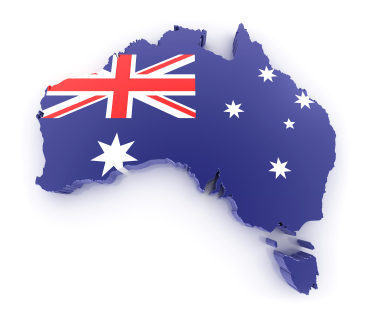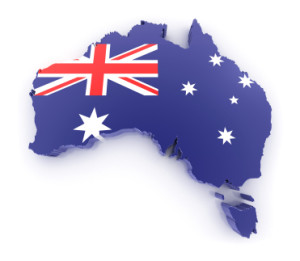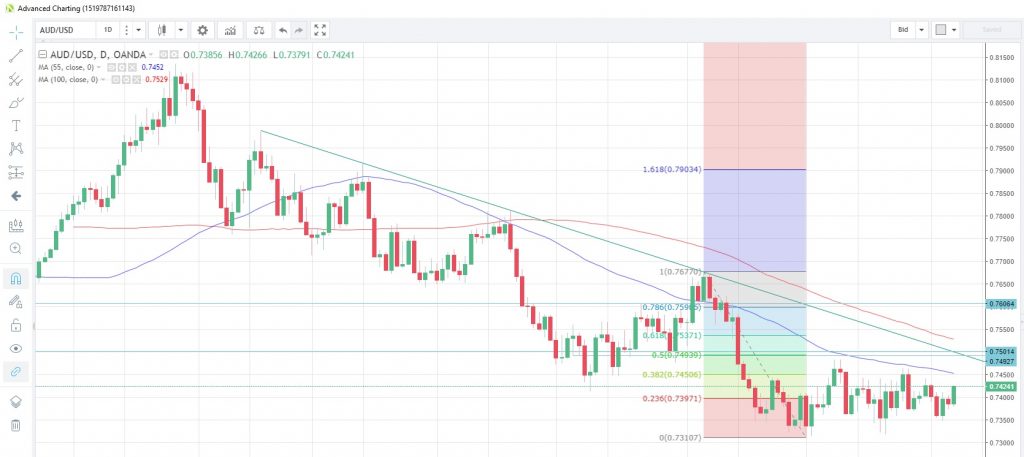
AUD/USD breaks above 0.7400
The RBA held rates steady for the 21st time, a move that had been unanimously expected, keeping them at record lows as it targets sustainable growth and achieving the inflation target over time. The Bank’s growth forecast for the economy remains unchanged, seeing GDP growth averaging slightly more than 3% in 2018 and 2019 while inflation is expected to trend higher in 2019 and 2020. According to the statement, the only concern is the outlook for household consumption, suggesting that household income has only been growing slowly while debt levels are high. From a business perspective, conditions are positive and non-mining investment is increasing.
The immediate market reaction to the announcement was muted, as one might expect given that nothing new was projected, and AUD/USD attempted a quick burst higher but failed to get past the 0.74 level. In later trading the level gave way and the pair ran up to 0.7431, the highest level so far this month. The pair is currently trading at 0.7429 with the 55-day moving average at 0.7452 the next resistance point.
AUD/USD Daily Chart
Oil prices firmer as Iran sanctions deadline looms
Crude oil prices have edged higher on the day as the Trump Administration confirmed that the first phase of new Iran sanctions will go into effect later today. Also lending support to crude prices, OPEC sources suggested that Saudi Arabia’s supply had unexpectedly fallen in July even after it had committed to increase production to bridge the gap of other members’ production shortfalls.
Prices continue to hold above the 100-day moving average on a closing basis, now at 68.36, which has held since June 19. The weekly EIA crude inventory data are due tomorrow and are expected to show a drawdown of 1.17 million barrels, according to the latest survey of analysts, compared with an increase of 3.8 million barrels last week. The equivalent API data is due later today.
Germany’s trade surplus narrows
Germany’s trade balance in June showed the surplus narrowing from EUR20.3 billion in May to EUR19.3 billion. That’s the smallest surplus in four months and no doubt a step in the right direction as far as Mr. Trump is concerned, but still a long way to go. A rise in imports by 1.2% y/y was the culprit, though industrial production data for the month, which declined 0.9% m/m suggested they were not directly used in manufacturing. EUR/USD is up marginally on the day, now at 1.1570, after touching its lowest point since June 28 yesterday
The Americas calendar is relatively barren, with the Redbook index for July and the IBD/TIPP economic optimism index for August on tap. Canada’s Ivey purchasing managers index for July is also scheduled as the nation returns from a long weekend.
The full MarketPulse economic calendar can be seen here: https://www.marketpulse.com/economic-events/



